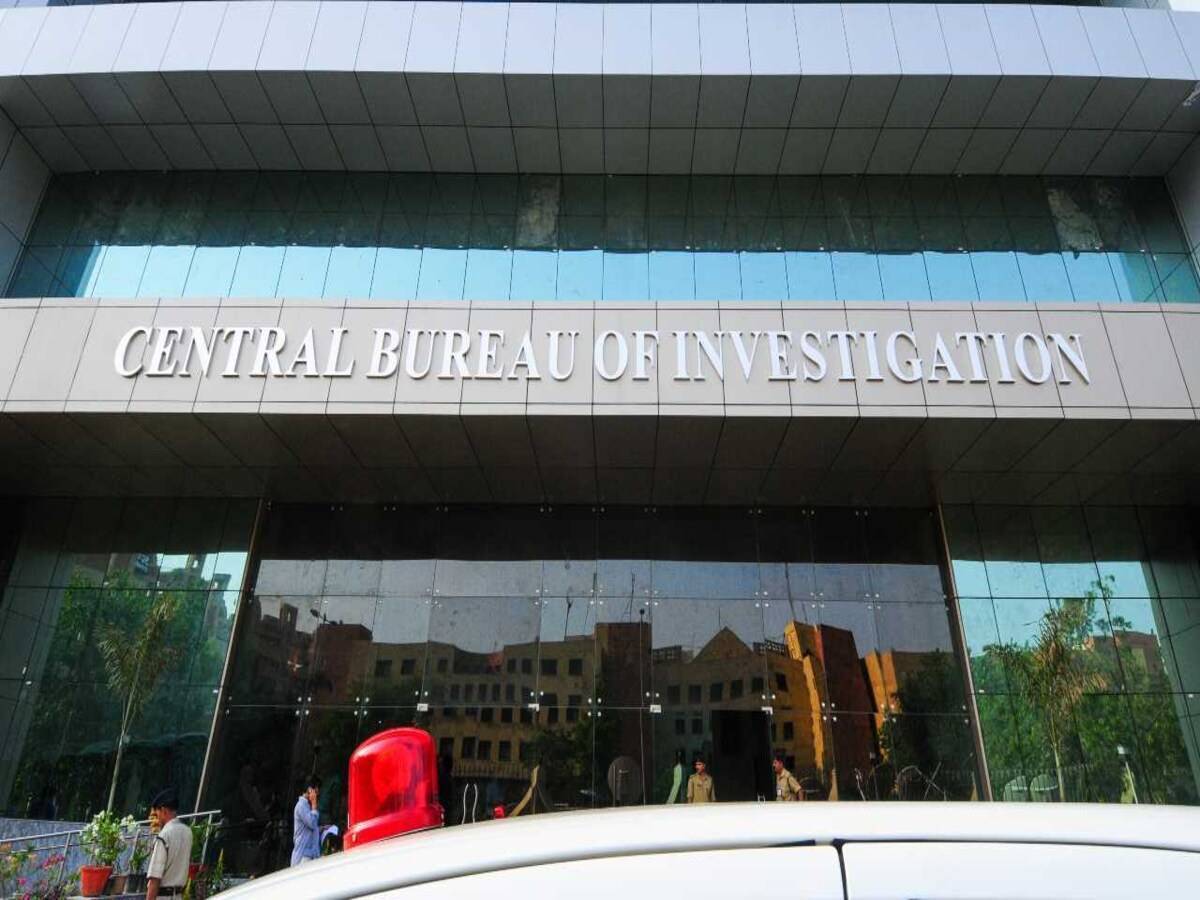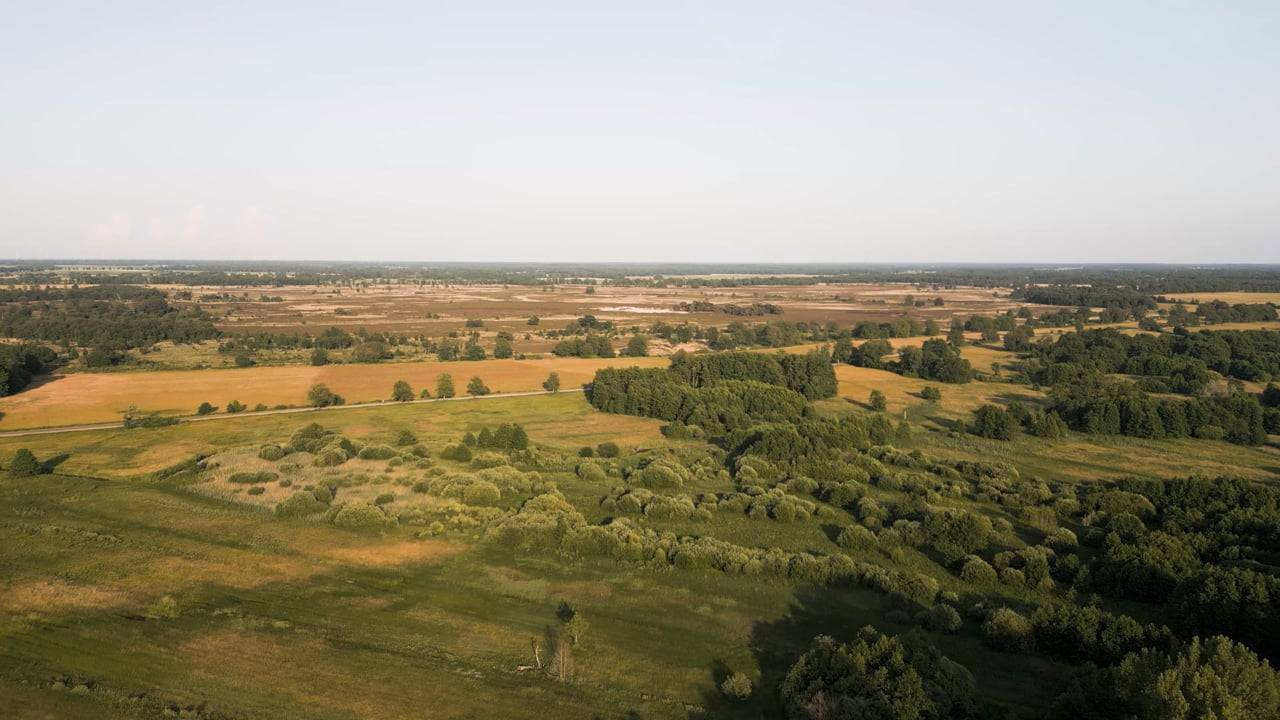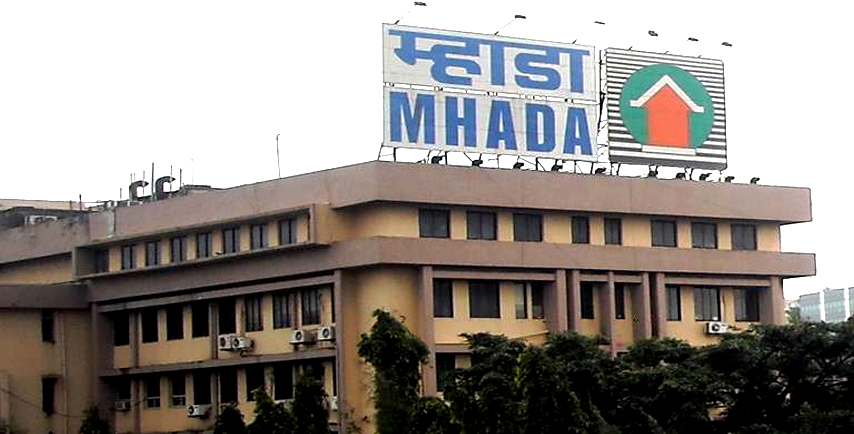Industries, companies, individuals, and other entities undertaking eco-restoration of degraded forest land anywhere in India can earn ‘green credits’ under the Union Ministry of Environment, Forest and Climate Change (MoEFCC) programme. The initiative is designed to incentivize environmental measures on degraded land parcels by providing exchangeable credits for defined regulatory and corporate purposes.
Under the green credit programme, each tree that survives after five years of plantation or every 40 per cent canopy density achieved on the restored land amounts to one green credit. These credits can subsequently be exchanged for purposes outlined by the ministry, including compliance with compensatory afforestation obligations, meeting Corporate Social Responsibility (CSR) requirements, and fulfilling plantation obligations under applicable laws.
In Uttar Pradesh, around 67 degraded land parcels across 31 forest divisions have been identified for participation in the programme, of which 49 have been finalized and details made available online for interested companies. The minimum parcel size is set at five hectares, with compact and contiguous areas prioritized for restoration activities. Two projects, in Mirzapur and Sonbhadra, have already seen participation from Northern Coalfields Limited and NTPC Limited, respectively, with first instalments of approximately ₹33 lakh released.
The identification of suitable land parcels is an ongoing process, with additional sites expected to be added over time. Entities participating in the programme enter into Memoranda of Understanding (MoUs) with Divisional Forest Officers (DFOs) to carry out restoration activities. Detailed Project Reports (DPRs) are prepared in consultation with the DFOs to ensure that ecological, soil, and hydrological considerations are fully incorporated.
Eco-restoration activities include soil and moisture conservation, fencing, facilitating natural regeneration, removal of invasive alien species, fire prevention, and establishing temporary nurseries. Ancillary infrastructure essential for vegetation growth, such as irrigation systems and protective measures, can also be undertaken.
The programme is administered by the Indian Council of Forestry Research and Education (ICFRE), an autonomous body under MoEFCC, with state forest departments and forest development corporations serving as nodal agencies. Once earned, green credits can be used once for approved purposes, after which they are considered ‘used’ and cannot be redeemed again.
The MoEFCC guidelines emphasize that these credits provide a structured mechanism for environmental responsibility while offering flexibility for industries to meet legal, CSR, or project-specific obligations. This approach is expected to encourage private-sector participation in forest restoration, promote sustainable land management, and support India’s broader environmental and climate objectives.
By linking financial incentives to ecological outcomes, the programme aims to ensure that degraded forest lands are actively restored and maintained, contributing to biodiversity conservation, carbon sequestration, and local ecosystem resilience.









.png)